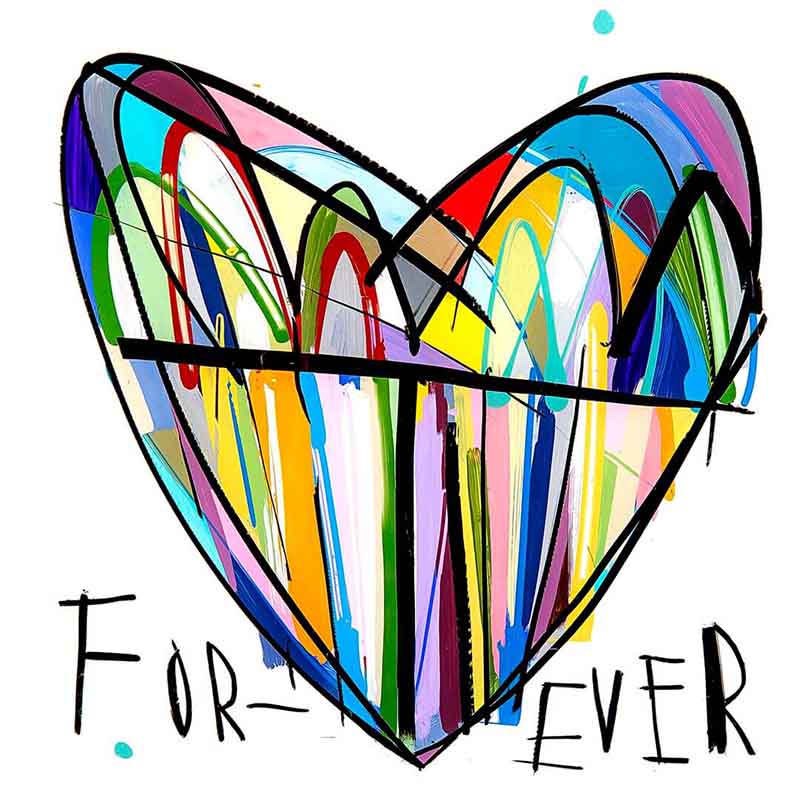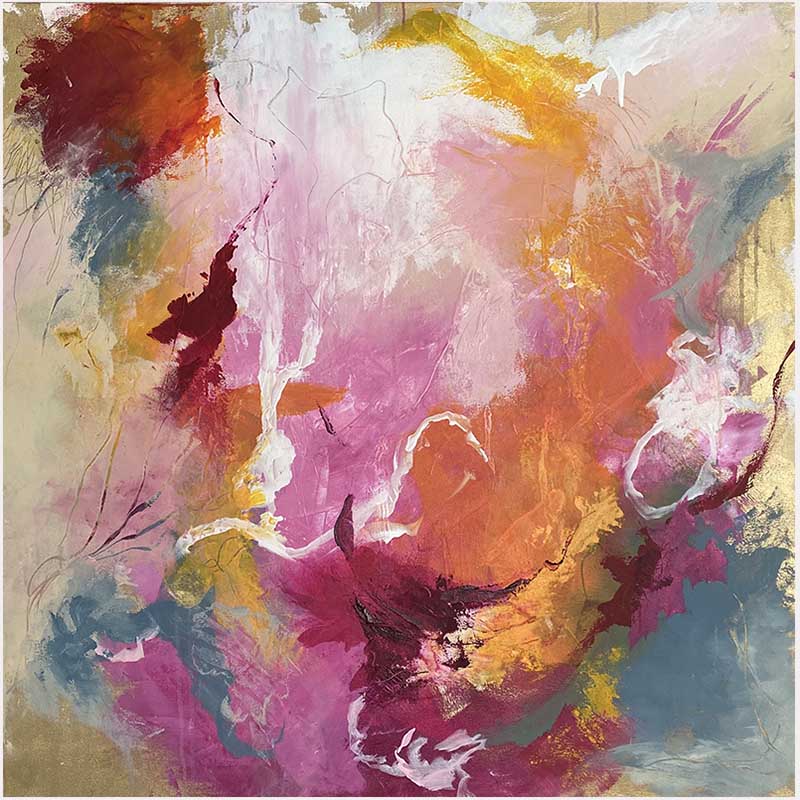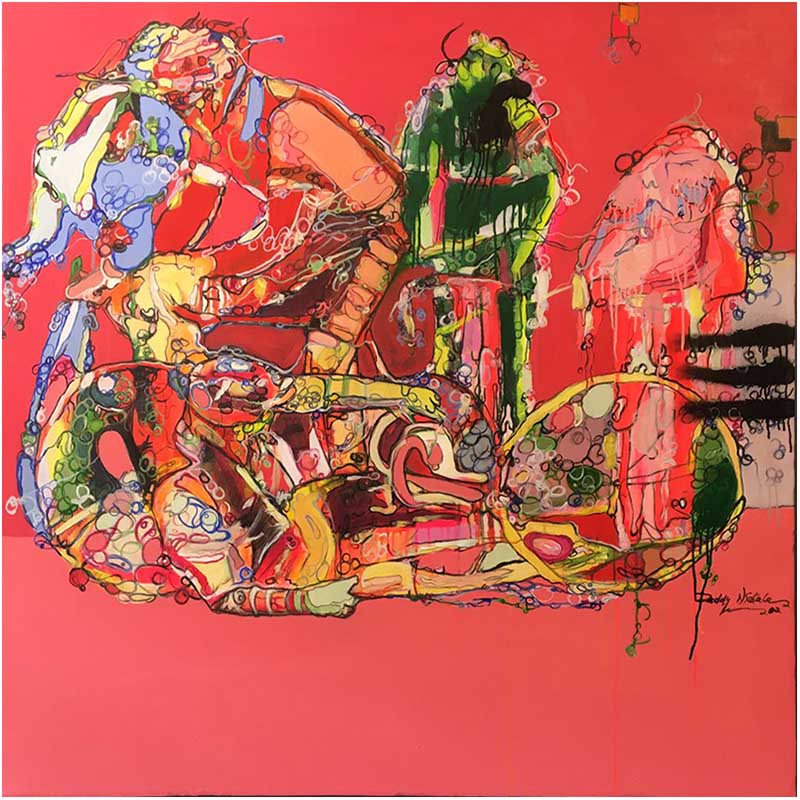Abstract art is a rich and multifaceted realm, encompassing various styles and approaches, each with its distinct characteristics. Here, we delve into some of the most prominent types of abstract art, shedding light on their unique features.
Gestural abstract art
Gestural abstraction is a form of art that finds its essence in expressive brushwork. Characterized by bold and emotive brushstrokes, it places a strong emphasis on the artist’s gestures. In this type of art, emotions and intentions are often conveyed through the artist’s vigorous and dynamic approach.

Minimalist art
Minimalist art is a celebration of simplicity. Artists in this genre employ basic shapes, colors, and forms to craft their work. The result is often described as modern and sleek, with an innate simplicity that can sometimes mask the intricate depth beneath the surface.
Color Field art
Emerging in the 1940s and influenced by Abstract Expressionism, Color Field painting seeks to create expansive, unbroken fields of color. This style explores the power and impact of color itself, often eschewing intricate detail for the immersive experience of pure hues.
Hard edge art
Hard-edge painting employs precise, clean lines to fashion sharply defined shapes. It emerged in the 1950s as a departure from the organic forms prevalent in Abstract Expressionism. This style is often associated with acrylic paint and enamel, as these mediums allow for the creation of crisp, unambiguous lines. Bright, primary colors frequently feature prominently in hard-edge paintings.
Expressive abstract art
In expressive abstraction, the artist prioritizes the communication of emotional or psychological states over depicting objective reality. While the form may be abstract, elements within the painting suggest a subject matter, such as color, shape, line, and texture.

Conceptual abstract art
Conceptual abstraction in painting seeks to communicate ideas or feelings rather than represent reality directly. It can be employed for both representational and non-representational works. In the former, shapes and colors may not precisely mirror reality but remain recognizable as objects. In the latter, shapes and colors may diverge entirely from recognizable forms.

Optical abstract art
Optical abstract art employs illusions to craft abstract images. By utilizing contrasting colors, patterns, or shapes, it creates illusions of movement or depth. These paintings often possess a mesmerising quality, as they challenge the viewer’s perception and are difficult to turn away from.
Geometric abstract art
Geometric abstract art employs fundamental geometric shapes to construct abstract compositions. Relying on colour and line, it fosters a sense of rhythm and movement within the artwork.
Is abstract art easy to produce?
The beauty of abstract art lies in its boundless freedom. You can craft an abstract painting by applying paint to a canvas in any manner you desire. There are no rigid rules or specific skills required, making the act of creating abstract art accessible to all. However, the journey to becoming an accomplished abstract artist, one who produces exceptional and unique artworks, is a challenging and rewarding endeavour that demands dedication and creativity.


